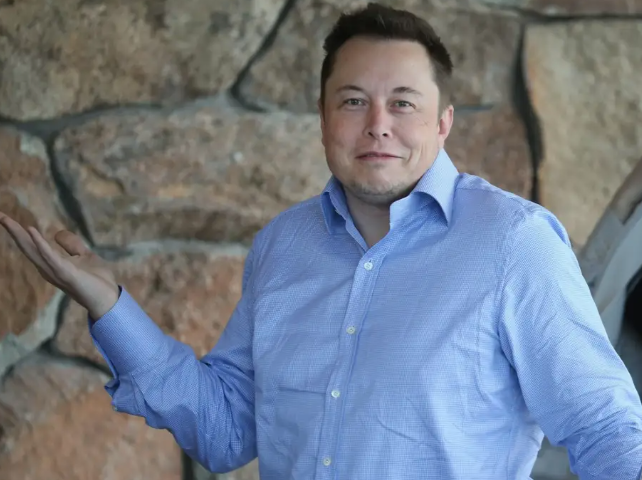$AAPL $TSLA #AI #JobCuts #Layoffs #TechNews #EmploymentTrends #MarketAnalysis #EconomicInsights #FutureOfWork #BusinessNews #Automation
Is AI Really Behind Massive Job Cuts, or Is It Just a Convenient Excuse? Uncover the Truth!
In recent weeks, companies news has been dominated by announcements of significant layoffs allegedly driven by artificial intelligence (AI). Many workers are understandably anxious as businesses claim that automation technologies are streamlining operations. However, critics argue that these layoffs may be more indicative of a broader market correction following a period of overhiring rather than an inevitable shift to AI-driven employment models.
The narrative surrounding AI-induced layoffs often paints a picture of an unstoppable technological tide sweeping away human jobs. Yet, there is a growing sentiment among analysts that companies are utilizing AI as a scapegoat. The reality is far more complex and involves multiple layers of economic factors.
The Overhiring Phenomenon
During the pandemic, many companies ramped up hiring to meet increased demand in various sectors. This surge was often fueled by optimism regarding future growth. However, as the global economy faces uncertainty, many firms are reassessing their workforce needs. Critics suggest that these layoffs are not solely the result of AI but rather a necessary “market clearance” aimed at aligning staffing levels with realistic revenue projections.
This assessment aligns with the macroeconomic principles posited by leading economists. For instance, a reduction in excess workforce can stabilize a company’s financial health, allowing it to navigate economic fluctuations more effectively. Consequently, we must question whether AI functionalities are genuinely replacing jobs or if companies are simply rebalancing after a period of excess.
AI: A Double-Edged Sword
While AI undoubtedly presents opportunities for efficiency and innovation, it also raises legitimate concerns about job displacement. Technological advancements have historically transformed labor markets, replacing certain tasks while creating new roles. The difference today lies in the rapid pace of AI adoption. As companies increasingly integrate AI into their operations, they risk alienating talented workers who feel threatened by these changes.
However, many experts argue that AI could also create new job opportunities in emergent fields. For instance, professionals skilled in AI development, data analysis, and machine learning are likely to see demand grow. Therefore, while some positions may vanish, new avenues for employment may arise, albeit requiring a shift in skill sets.
The Economic Landscape Ahead
The ongoing discourse surrounding AI and employment highlights the importance of understanding the economic landscape. As firms navigate the post-pandemic recovery, the interplay between technological advancements and labor market dynamics will be crucial. It is essential for policymakers to consider the ramifications of these layoffs, both for the individuals affected and the broader economy.
Investors should also pay close attention to how companies adapt to these changes. The potential for AI to drive efficiencies is significant, yet the risks associated with sudden workforce reductions warrant careful analysis. The intersection of technology, economics, and human capital will shape the future of work in ways we are just beginning to understand.
In conclusion, while AI plays a pivotal role in reshaping industries, it is important to recognize that the current wave of layoffs is likely influenced by overhiring and economic recalibrations. Companies must strike a balance between innovation and workforce stability to foster a resilient economic environment.
For more insights into stock market trends and employment dynamics, visit our stock news section. As the landscape evolves, staying informed will be key to navigating the complexities of today’s economy.







Comments are closed.